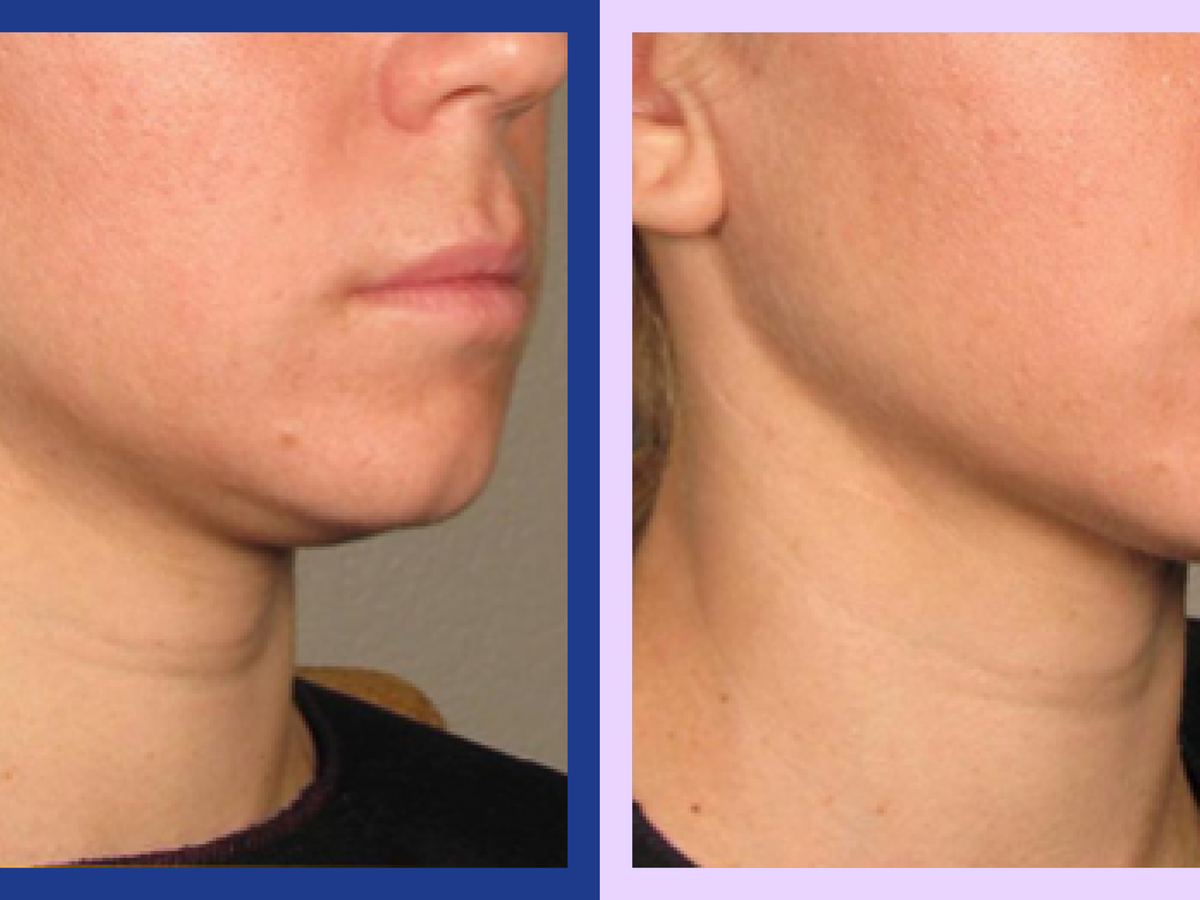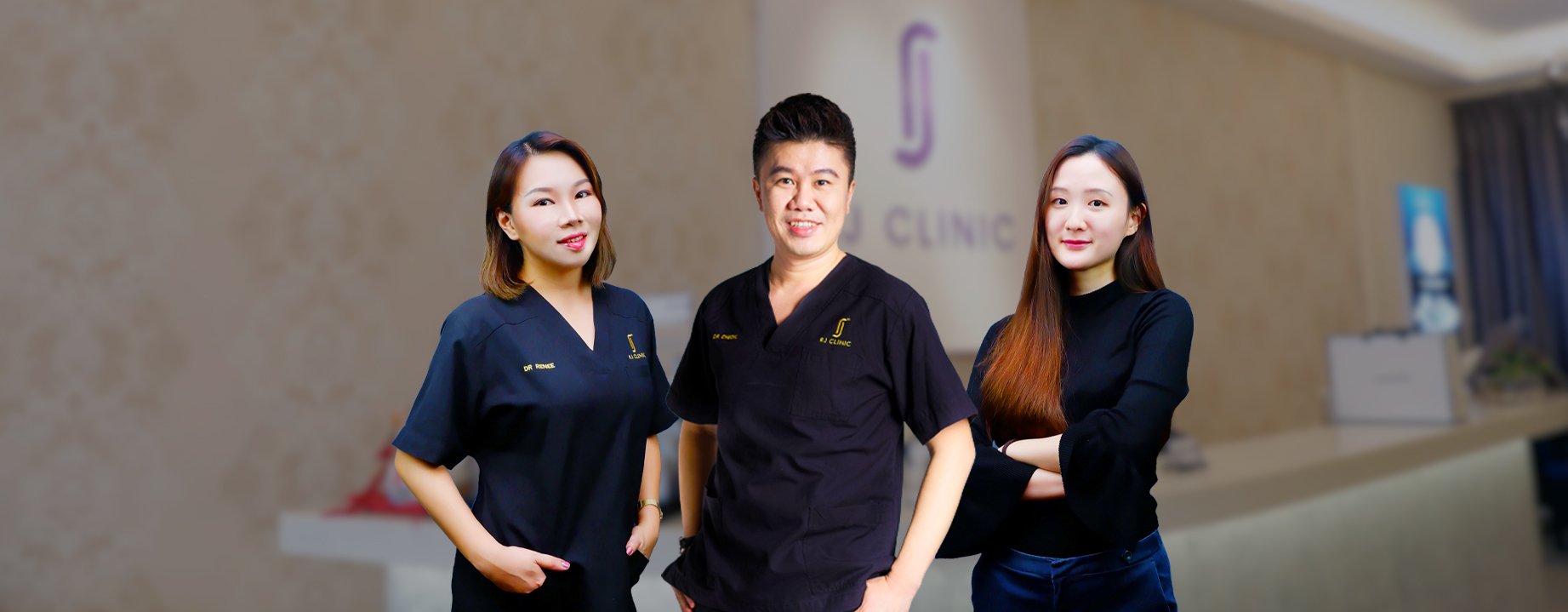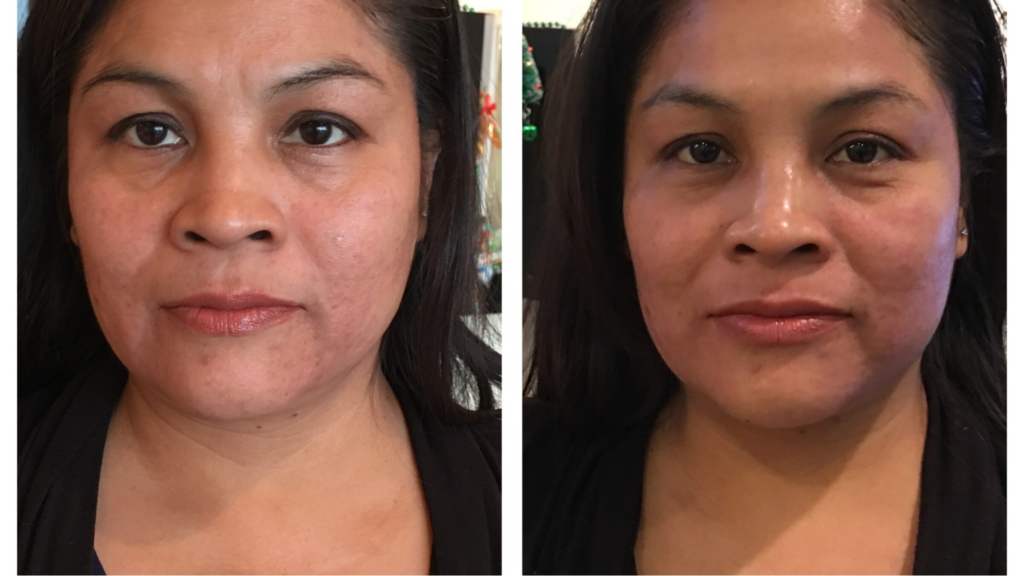RJ Clinic Ultherapy: Everything to Know About Non-Surgical Lifts
Wiki Article
Why Ultherapy Might Be Clinically Essential: Discovering the Reasons for a Non Surgical Lift
Ultherapy is gaining attention as a practical choice for people facing skin laxity due to maturing or specific clinical problems. This non-surgical therapy stimulates collagen production, offering a remedy that avoids the healing time connected with invasive treatments. As individuals seek to enhance not just their look however additionally their general skin health, understanding the scenarios that require Ultherapy's usage comes to be vital. What elements add to its clinical necessity?Understanding Ultherapy: What It Is and Just how It Functions
Ultherapy, a non-invasive cosmetic procedure, makes use of ultrasound modern technology to promote collagen production and promote skin tightening. By supplying concentrated ultrasound energy deep right into the skin, it targets the foundational layers normally addressed in surgical renovations. This process encourages the body's all-natural recovery reaction, causing progressive training and firm of the skin over time.
Therapy sessions normally last between 30 to 90 minutes, depending on the dimension of the area being dealt with. While results might not be instantly visible, excellent results generally appear within 2 to three months as collagen proceeds to establish. Ultherapy deals an engaging non-surgical choice for individuals looking for skin restoration without the need for invasive treatments.
The Aging Refine: Impacts on Skin Flexibility and Collagen
Aging undoubtedly brings adjustments that diminish skin elasticity and collagen manufacturing, bring about visible indications of drooping and creases. As people age, the skin's capacity to retain wetness reductions, causing a drier and much less resilient surface. Collagen, a necessary healthy protein responsible for skin structure, also decreases, triggering the skin to shed its suppleness and vibrant look. Variables such as sun exposure, ecological pollutants, and lifestyle choices additionally increase this decline in skin high quality.This loss of elasticity and collagen produces a cascade of changes, including the formation of jowls, deepening nasolabial folds up, and a total sagging look. The skin's support group deteriorates, making it extra at risk to the results of gravity. Many people look for interventions like Ultherapy to combat these aging results, intending to restore a more vibrant, tight appearance without the demand for intrusive medical procedures.
Medical Conditions That May Benefit From Ultherapy
Ultherapy is increasingly recognized for its prospective benefits in resolving numerous medical problems. People experiencing skin laxity, those in post-surgical healing, and people with chronic skin problems might find this non-invasive treatment useful. By stimulating collagen production, Ultherapy can boost skin suppleness and improve general look for these teams.
Skin Laxity Issues
Skin laxity can be a considerable concern for individuals experiencing different clinical problems that affect the integrity and elasticity of their skin. Problems such as Ehlers-Danlos disorder, which interferes with collagen production, can result in early skin aging and drooping. In addition, individuals with autoimmune conditions might experience skin adjustments that add to laxity. Hormone fluctuations, particularly during menopause, likewise contribute in lessening skin suppleness. Ultherapy, utilizing ultrasound technology, targets the deeper layers of skin, stimulating collagen production and tightening the impacted locations. This non-invasive therapy may use a sensible remedy for those looking for to resolve skin laxity arising from these clinical problems, enhancing both appearance and self-confidence without the requirement for medical treatment.Post-Surgical Recuperation Help
Post-surgical recovery can frequently present challenges, particularly for individuals experiencing skin laxity due to surgical interventions. Ultherapy works as a possible help in this situation, utilizing ultrasound modern technology to boost collagen production and improve skin tightness without intrusive procedures. Clients who have actually gone through surgical treatments such as facelifts, liposuction, or various other body contouring procedures may locate that Ultherapy improves their recovery by addressing irregular structure and laxity that can occur post-operation. This non-surgical strategy can cause improved visual outcomes, possibly decreasing the need for added surgical treatments. It may assist alleviate pain associated with the healing procedure, offering patients a much more all-encompassing healing experience. Subsequently, Ultherapy can be an important alternative in post-surgical care.Persistent Skin Conditions
For individuals dealing with persistent skin disease such as acne scars, rosacea, or laxity as a result of aging, non-invasive therapies might provide significant alleviation and improvement. Ultherapy has emerged as a promising option, utilizing ultrasound innovation to promote collagen manufacturing deep within the skin. This process can enhance skin structure and flexibility, dealing with problems like uneven skin tone and sagging. Specifically, those with rosacea may experience lowered inflammation and inflammation, while clients with acne marks can gain from boosted skin level of smoothness and overall look. Notably, Ultherapy gives a non-surgical choice that minimizes recuperation time and dangers connected with intrusive procedures, making it an appealing choice for individuals seeking effective monitoring of chronic skin problem.Emotional Influence of Sagging Skin and Visual Issues
The emotional toll of aging frequently shows up in the kind of drooping skin, which can considerably affect an individual's self-confidence and total psychological health. Many individuals associate younger appearances with energy and appearance, bring about feelings of insufficiency when confronted with noticeable indicators of aging. This perceived decrease in charm can result in social anxiousness, withdrawal from social interactions, and a raised fixation with one's look.Individuals might feel forced to seek visual treatments to deal with these worries, as the wish to maintain a vibrant appearance can become intertwined with personal identification. The emotional impacts of drooping skin may likewise lead to anxiety or a reduced quality of life. Consequently, non-surgical options like Ultherapy arise as potential options, aiming not just to renew the check these guys out skin but likewise to restore confidence and a positive self-image, ultimately resolving the deeper emotional ramifications of aging.
Comparing Ultherapy to Conventional Surgical Options
When comparing Ultherapy to conventional surgical alternatives, significant differences emerge in both cost-effectiveness and healing time. Ultherapy deals a non-invasive strategy that usually causes lower expenses and marginal downtime for people. On the other hand, medical lifts usually need even more monetary investment and an extended recuperation period.Cost-Effectiveness of Ultherapy

Although traditional surgical lifts often feature significant in advance prices and expanded recovery times, Ultherapy presents a compelling alternative that can deliver comparable results at a portion of the rate. The average price of a medical facelift can range from $7,000 to $15,000, while Ultherapy therapies generally fall in between $2,000 and $4,500, depending upon the area treated and provider competence. Furthermore, the absence her response of comprehensive pre-operative analyses and post-operative care associated with Ultherapy further adds to its cost-effectiveness. This approach not only minimizes monetary strain however also enables people to spend in other facets of their wellness and well-being. In this means, Ultherapy becomes a financially sensible choice for those looking for facial rejuvenation without the concerns of conventional surgery.
Recuperation Time Comparison
Healing time is a significant consider the decision-making process for those taking into consideration cosmetic treatments. Ultherapy stands apart as a non-surgical alternative that normally requires minimal downtime. The majority of clients can return to their day-to-day activities almost promptly, experiencing just light soreness or swelling that normally deals with within a few hours. In contrast, conventional medical options, such as renovations, commonly necessitate an extensive recuperation duration. Individuals may deal with a number of weeks of swelling, bruising, and restricted task, with some going back to normal routines using up to 3 months. This raw difference in recovery time makes Ultherapy an enticing option for people seeking reliable outcomes without the comprehensive aftercare connected with surgical procedure, permitting a smoother modification back to daily life.The Long-Term Perks of Non-Invasive Treatments for Skin Health And Wellness
As people progressively seek alternatives to procedures, the long-term advantages of non-invasive treatments for skin health become much more obvious. Therapies such as Ultherapy, chemical peels, and laser therapy deal significant benefits without the demand for considerable recuperation times related to surgical procedure. RJ Clinic Ultherapy. With time, these non-invasive options can promote collagen manufacturing, leading to firmer skin and an extra vibrant lookFurthermore, routine non-invasive treatments can enhance skin texture, tone, and flexibility, improving general skin wellness. Individuals typically experience fewer issues and side impacts, making these procedures extra appealing.
Additionally, the cumulative results of regular therapies can sustain and lengthen visual renovations, enabling individuals to keep their wanted look with minimal downtime. By prioritizing non-invasive methods, individuals can accomplish long-term outcomes while prioritizing their Web Site health and well-being. Inevitably, the long-term advantages of such approaches underscore their expanding popularity in modern skincare.
Frequently Asked Concerns

How Long Does an Ultherapy Session Usually Take?
An Ultherapy session usually lasts between 30 to 90 minutes, depending upon the treatment location. Variables such as the person's certain demands and the degree of the procedure can influence the general duration.
Exist Any Type Of Side Effects Connected With Ultherapy?
Ultherapy can bring about negative effects such as temporary inflammation, swelling, or inflammation in the treated location - Density RF Malaysia. While the majority of people experience minimal discomfort, it is essential to get in touch with an expert for customized suggestions and possible reactionsHow Quickly Can I See Results After Treatment?
Outcomes from Ultherapy normally begin to show up within 2 to 3 months post-treatment. The complete results might proceed to develop over six months as collagen manufacturing boosts, resulting in obvious lifting and tightening up of the skin.
Is Ultherapy Suitable for All Skin Types?
Ultherapy is usually ideal for numerous skin kinds, consisting of lighter and darker tones. However, specific skin problem and concerns may affect its effectiveness, making examinations with a qualified specialist crucial for customized recommendations.Just How Typically Should Ultherapy Treatments Be Repeated?
Ultherapy therapies are normally suggested every 6 to 12 months, relying on private skin condition and desired results. Regular evaluations by a certified practitioner can assist identify the best frequency for maintenance and efficiency.Report this wiki page